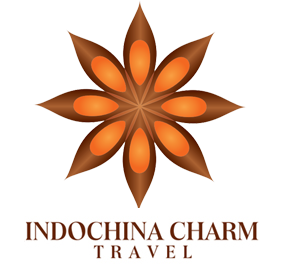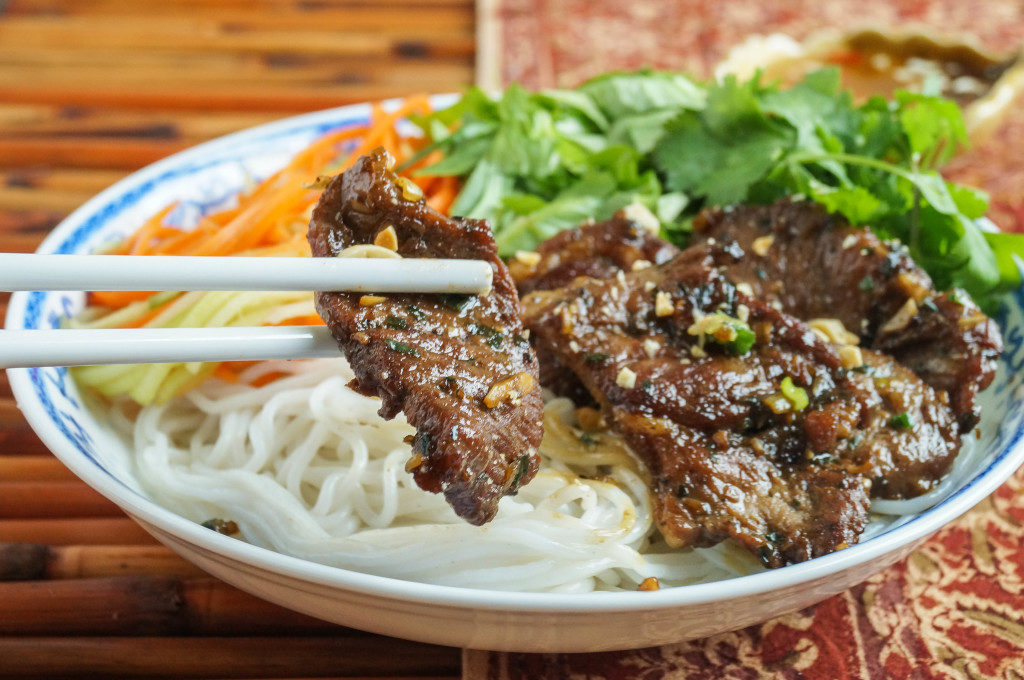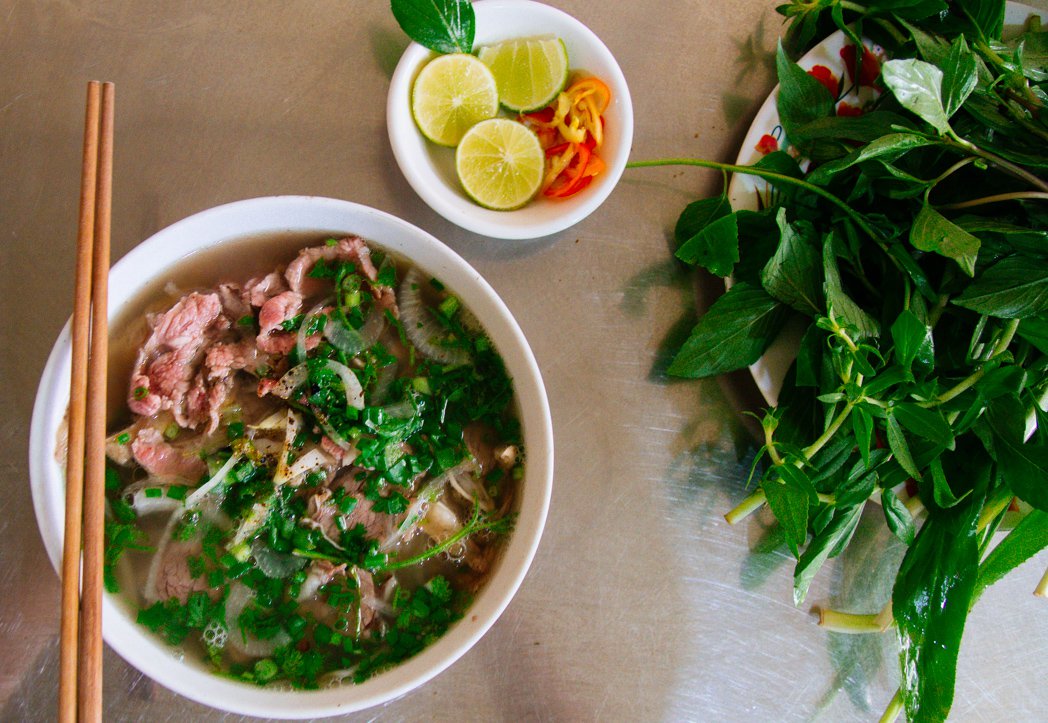The region of Northern Vietnam is well-known for its breathtaking landscapes, historical attractions, and culturally diverse population. If you are planning a trip to Northern Vietnam in 2024, the following is a list of the top attractions that you should consider visiting:
Firstly, Hanoi, the Charming Capital City

Ho Chi Minh Mausoleum: Pay a visit to the spot where the revolutionary leader of Vietnam, Ho Chi Minh, is laid to rest before his death.
Explore the Hanoi Old Quarter, which is located in the center of Hanoi’s historic district, and discover its winding lanes, historical buildings, and lively street markets.
Visit the Temple of Literature to learn about Vietnam’s first national university, which is a well-preserved example of traditional Vietnamese architecture.
UNESCO has designated Halong Bay as a World Heritage Site.

Embark on a tour in Halong Bay to take in the spectacular karst structures, caverns, and green waters that can be found there.
Sung Sot Cave is one of the most spectacular caverns in Halong Bay, and it is also one of the largest caves in the area.
Titop Island invites visitors to ascend to the peak of the island to take in breathtaking vistas of Halong Bay.
Sapa, the Mountainous Beauty of the North

You can hike up Fansipan Peak or use a cable car to reach the “Roof of Indochina” for breathtaking views of the surrounding mountains.
During your visit to the Muong Hoa Valley Rice Terraces, you will get the opportunity to engage with the local ethnic minority populations and the breathtaking terraced landscapes.
During your time in Cat Cat Village, you will have the opportunity to immerse yourself in the distinctive culture of the Hmong ethnic group.
Mai Chau: An Immersion in the Local Culture
The Mai Chau Valley is a beautiful place to visit, where you can take in the sights of the rice paddies and traditional stilt houses that surround it.
Engage with the local Thai communities, which are well-known for their warm hospitality and traditional handicrafts, when visiting Thai ethnic minority villages.
Tam Coc, also known as “Halong Bay on Land”
Cruise along the Ngo Dong River in Tam Coc, passing past limestone karsts and rice farms as you make your way through the area.
Discover the Bich Dong Pagoda, which is comprised of a number of caverns and pagodas that are situated against the backdrop of breathtaking natural environment.
Go further to Trang An Scenic Landscape Complex, you may explore the natural splendor of Ninh Binh by taking a boat ride among caverns and rice fields.
Discover the ancient capital of Vietnam, Hoa Lu, which dates back to the 10th century and is known as the Hoa Lu Ancient Capital.
Ha Giang, often known as “Off the Beaten Path”
Discover a UNESCO Global Geopark that is home to distinctive geological formations and the cultures of ethnic minority groups by visiting the Dong Van Karst Plateau Geopark.
This mountain route, known as Ma Pi Leng route, is considered to be among the most stunning mountain crossings in Vietnam.
Ba Be Lake, a Retreat in the Natural World
Take a boat ride on Ba Be Lake to discover the largest natural lake in Vietnam, which is surrounded by limestone mountains and verdant woods from all sides.
Take a trip to Puong Cave, a massive cave that is home to a significant number of bats.
This schedule provides a variety of diverse experiences, including natural wonders, historical places, and cultural activities. Personalize it in accordance with your preferences and the interests of your readers, and offer travel advice that will make your Vietnam tours 2024 more delightful.



























